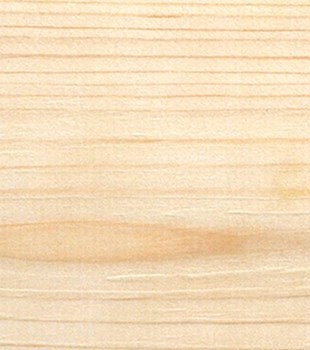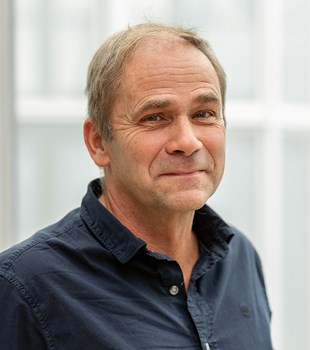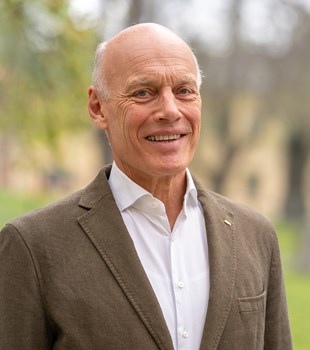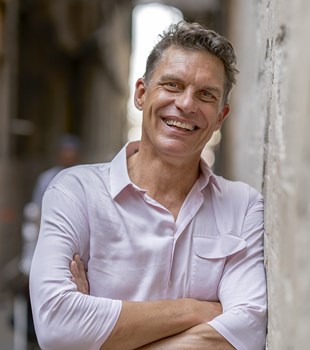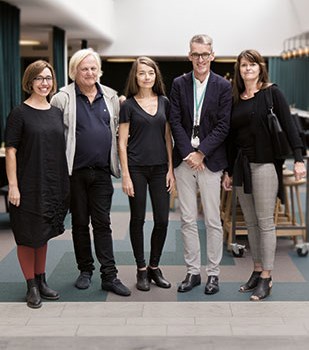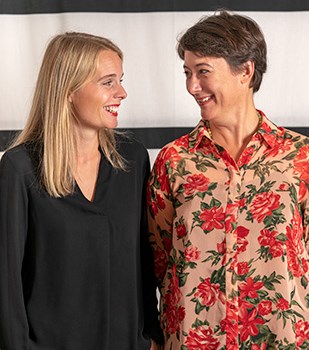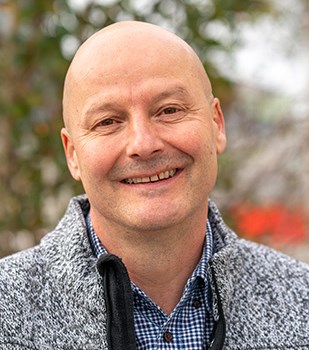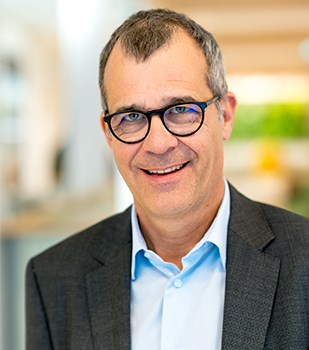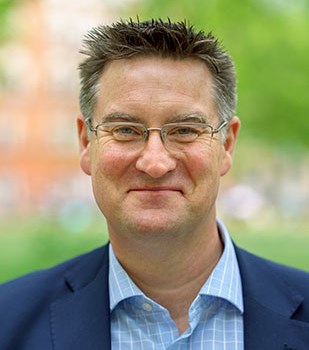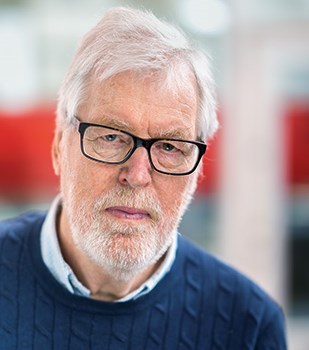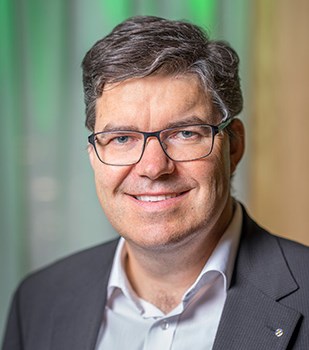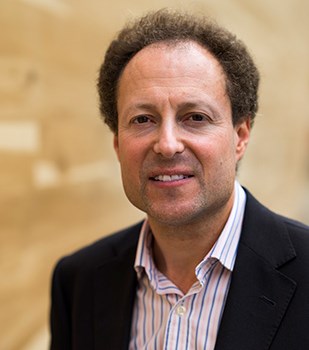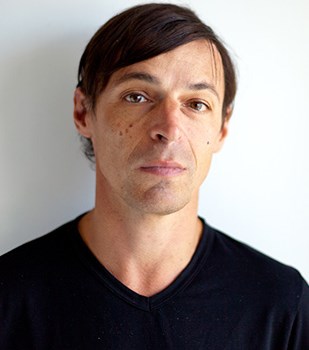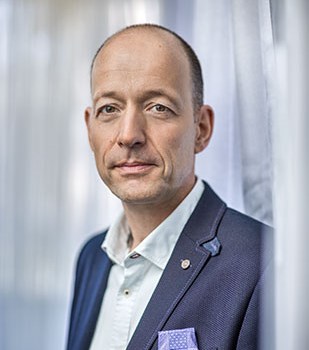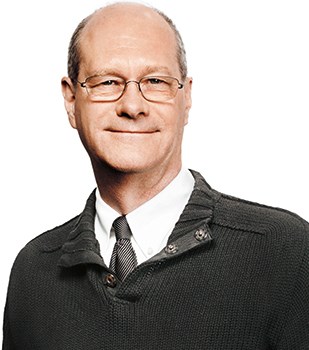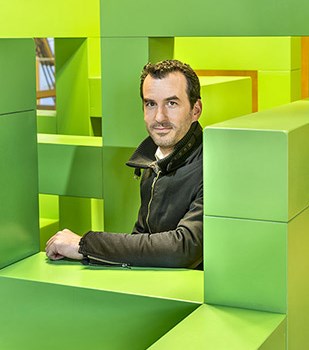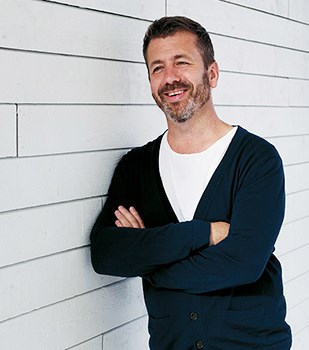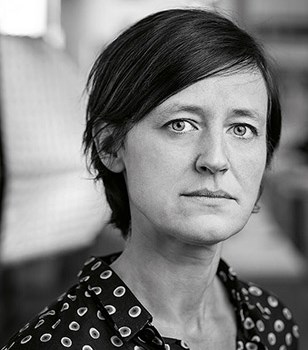What have been the challenges working with timber and why are you doing this?
“The challenges are, you have a new material that you're trying to introduce into a very conservative industry. There are new ways of working, not just in terms of the engineering but also with the architecture, with the construction process and you're challenging lots of people's perceptions about construction and concrete construction especially. The reason why we're doing this started with environmental impact. So, trying to think about construction materials that have a low environmental impact was an important part of our work, but then the more we built in timber, the more we realized that the construction process around that material was also much faster, much cleaner, much more accurate. That it actually engendered a different atmosphere, a different culture within construction. Which has been very exciting to understand what the potential of that might be.”
And the result?
“I’m realizing that the buildings that we were making are, in my view, they're better, healthier buildings to live and to work in.”
What pushes you to innovate?
“In the UK, we don't have very strong environmental laws, we've always had to make the argument for timber based on cost efficiency, on program. So, that's kind of enforced us to be very careful, very lean, very efficient about the amount of timber that we use and the build processes. I think in many ways that has forced us to innovate beyond where some of the technologies in mainland Europe are. If the timber costs a little bit more, then they've been able to accommodate that because of the environmental law. I guess, because we've had that lack of encouragement, it's made us work even harder.”
In Dalston Works, you had to clad the façade in brick, wouldn’t visible timber be desirable?
“Absolutely, we want to be able to enjoy the timber, enjoy the aesthetic beauty of the material as well as the structural capacity of the material. I think we could have just sort of said, "No, this is impossible, we can't do this" but then you know what? Then you wouldn't have had a timber building of that scale constructed. What we have now, the whole timber community has, is a working example of a tall, dense, residential timber building. Which everybody can use as proof that this material, this process, is a viable alternative to concrete and steel. That's what's really essential.
For us, as a practice, the other thing is involving ourselves in mainstream development and mainstream construction, so not allowing our work to sit as a peripheral idea on the outside of the construction world, but actually, to be right in the middle of it. And sometimes, that means that we have to make compromises in terms of the design, in terms of the finishes. We've chosen to make those compromises.”
Tell us about your thoughts on pre-fabrication.
The thing about pre-fabrication is that we need to industrialize the construction process vitally. We build buildings in the same way that we did 100 years ago. It's kind of insane. We have a massive shortfall of urban housing globally. This is not a UK or London specific problem. Everybody you speak to is tackling the global housing shortage. At the same time we have a construction industry that nobody seems to enjoy. It doesn't matter whether you're doing your bathroom or building a thousand homes. It's still a nightmare! We need to open that up. We need to say, "hang on. What's going on here? This is wrong. This is broken. This does not work. We're doing this wrong. We need to change the way we're doing it. We need to industrialize this process." Industrial housing will give us more cost effective, higher quality housing sooner.”
What are the benefits of hardwood CLT used in MultiPly?
“Strength. It's a lot stronger. It's arguably not as resilient in some ways, but it's incredibly strong. It's twice as strong as a soft wood CLT panel. So, we can use really quite thin sections to span long distances. Now, that's exciting because it adds another possibility! It adds another dimension to the architecture that we can produce using timber. We do mix soft wood and hard wood. For me, the more choices there are available the more exciting the architecture will become.”
MultiPly is a very spatial experience, a rather confusing 3-D maze in the beginning and it's quite nice.
“There are loads of analogies about that. We were having fun in the office. You can draw your own conclusions from that. I think it's personal to each individual to enjoy the experience of running around it. I think that what it hopes to demonstrate is that building modular doesn't mean building boring. Building prefabricated doesn't mean straight forward solutions necessarily. You can do things differently; you can have some fun.”
What's going to happen now? What's the future goal?
“I think that we need to push the limits of timber. We need to make sure that we are building with low carbon technologies. Reducing the amount of concrete and steel that we use. That timber should be the dominant construction material from now on. I have my own point of view architecturally about tall buildings, in that I think that cities don't benefit from very tall buildings. They don't make great living environments. They don't make great cities. They don't make sustainable cities for families to grow and for people to grow old in.”
Andrew Waugh will be speaking at a symposium in Stockholm on 8 October, when Gerhard Schickhofer is awarded this year’s Marcus Wallenberg Prize for his work on developing CLT.


